
Readings:
• Jer 23:1-6
• Psa 23:1-3, 3-4, 5, 6
• Eph 2:13-18
• Mk 6:30-34
In an April 2013 homily given at Mass at which several priests were ordained, Pope Francis exhorted those men to pursue unity with Christ so that unity within the Church will grow:
Finally, dear sons, exercising for your part the office of Christ, Head and Shepherd, while united with the Bishop and subject to him, strive to bring the faithful together into one family, so that you may lead them to God the Father through Christ in the Holy Spirit.
A year later, speaking to another group of men being ordained as priests, he said:
The Good Shepherd enters through the door, and the doors of mercy are the wounds of the Lord: if you do not enter into your ministry through the Lord’s wounds, you will not be good shepherds.
A good shepherd does several things well: he tends to his sheep, feeding and watching over them; he defends the sheep from danger; he leads the sheep to good pastures and water. Most importantly, he is willing to sacrifice himself for the sheep, putting them ahead of his own comfort and safety. We see this demonstrated in various ways by several famous shepherds in Scripture: Abraham, Isaac, Jacob, Moses, Amos, and the young David. And, of course, those shepherds didn’t just care for sheep but for people: families, tribes, nations, and empires.
Sheep and shepherds are mentioned many times in the Old Testament, often regarding those significant relationships between the people and their leaders, and sometimes to the relationship between the people and God. In Genesis, for instance, God is called “the Shepherd” (Gen. 49:24); on the negative side, there are several places where the Israelites are described as sheep without a shepherd or master (1 Kng. 22:17; 2 Chr. 18:16). This theme is taken up by many of the prophets, especially Ezekiel and Jeremiah.
Today’s reading from Jeremiah is a harsh condemnation of those who do not really protect and care for the people: “Woe to the shepherds who mislead and scatter the flock of my pasture … You have not cared for them, but I will take care to punish your evil deeds.” Ezekiel 34 contains equally withering words in a lengthy condemnation of corrupt and sinful leaders—both religious and political—who proved to be unworthy shepherds.
Jeremiah pointed to a coming time when God would gather “a remnant” of his flock, appointing good and holy men “who will “shepherd them.”
The twelve apostles were the beginning of that flock. But they had to learn from the Good Shepherd how to withstand the temptations and challenges that come with being shepherds. After the apostles had spent time preaching and witnessing, Jesus said to them, “Come away by yourselves to a deserted place and rest a while.” This rest was not only physical in nature, but deeply spiritual as well. Although the wilderness was often a place of testing and trial, it was a place of respite and revival when accompanied by God (cf. Ex 33:14; Heb 4:9-11).
In Christ, as the Apostle Paul told the Christians in Ephesus, lasting peace will be realized and granted between the Jews and Gentiles. This peace is not the mere absence of conflict, but a real and lasting reconciliation. And that relationship is found only in the presence of God.
As King David expressed so beautifully in his most famous Psalm: “The Lord is my shepherd; there is nothing I shall want. … He guides me in right paths for his name’s sake.”
And so the good and divine shepherd, Jesus Christ, guides, protects, and feeds us. And gives us peace. But this is only possible because of his work of reconciliation “through the cross”. Only by dying does the shepherd fulfill his ultimate work of mercy, love, and reconciliation.
(This “Opening the Word” column originally appeared in a slightly different form in the July 8, 2018 edition of Our Sunday Visitor newspaper.)
If you value the news and views Catholic World Report provides, please consider donating to support our efforts. Your contribution will help us continue to make CWR available to all readers worldwide for free, without a subscription. Thank you for your generosity!
Click here for more information on donating to CWR. Click here to sign up for our newsletter.






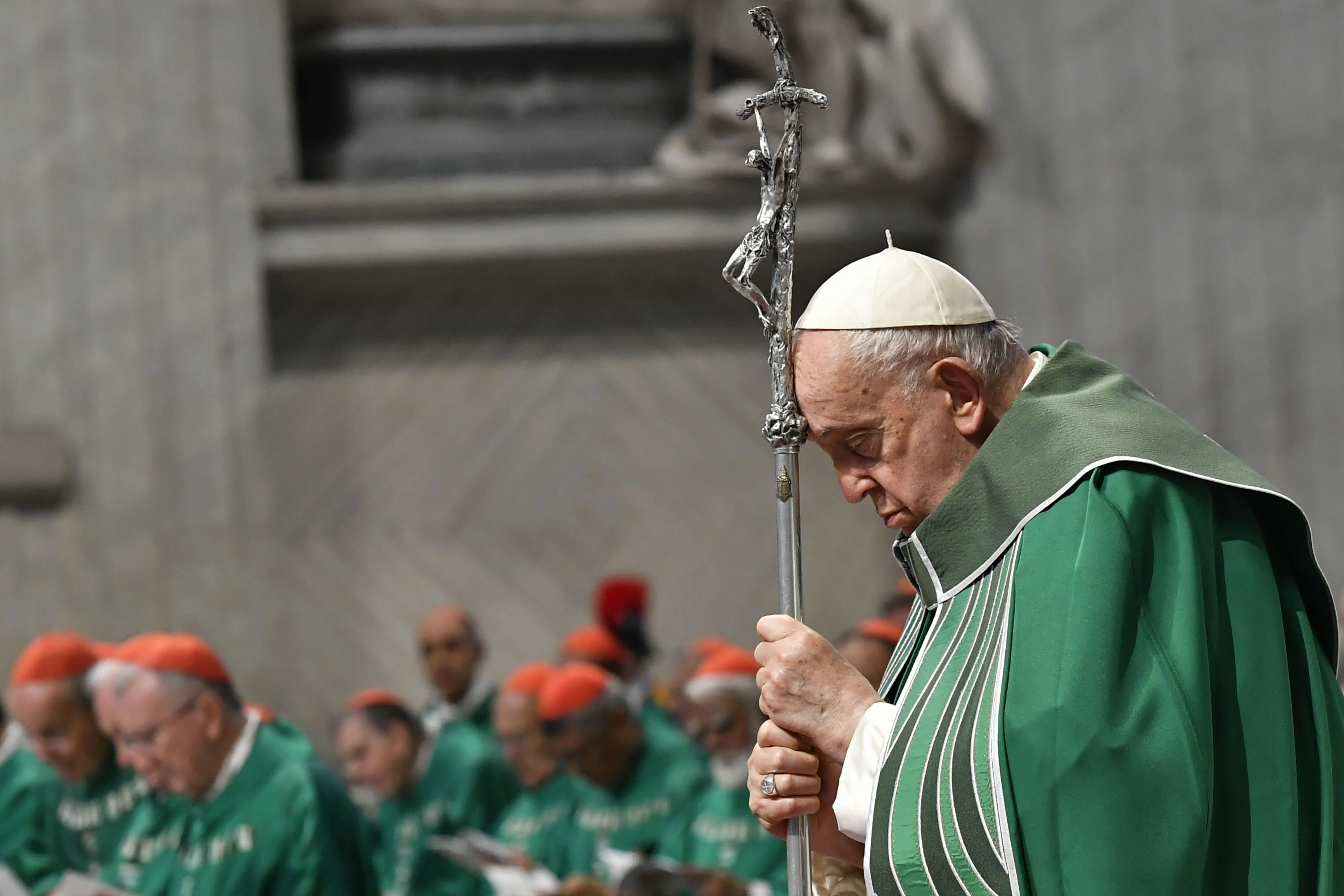
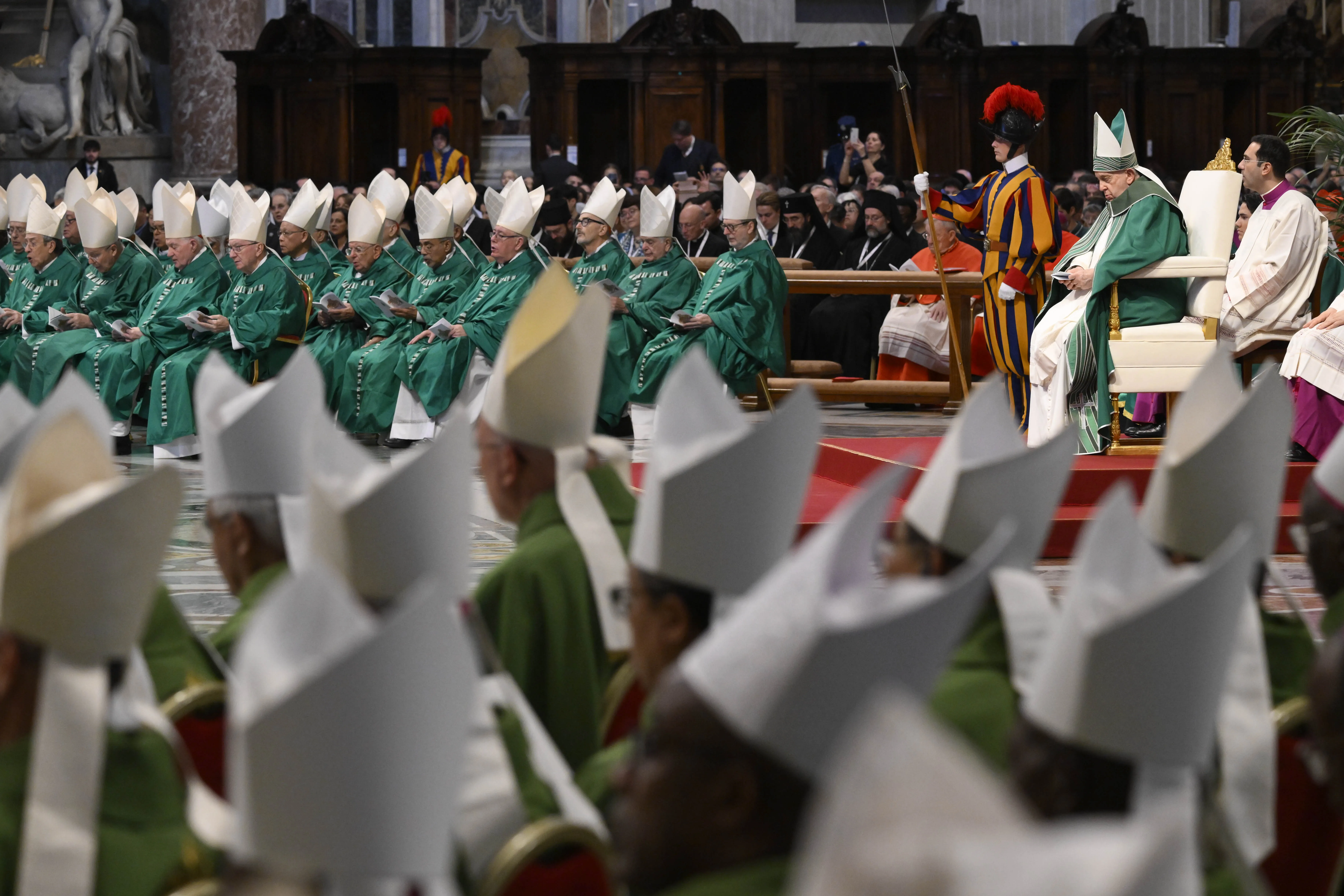
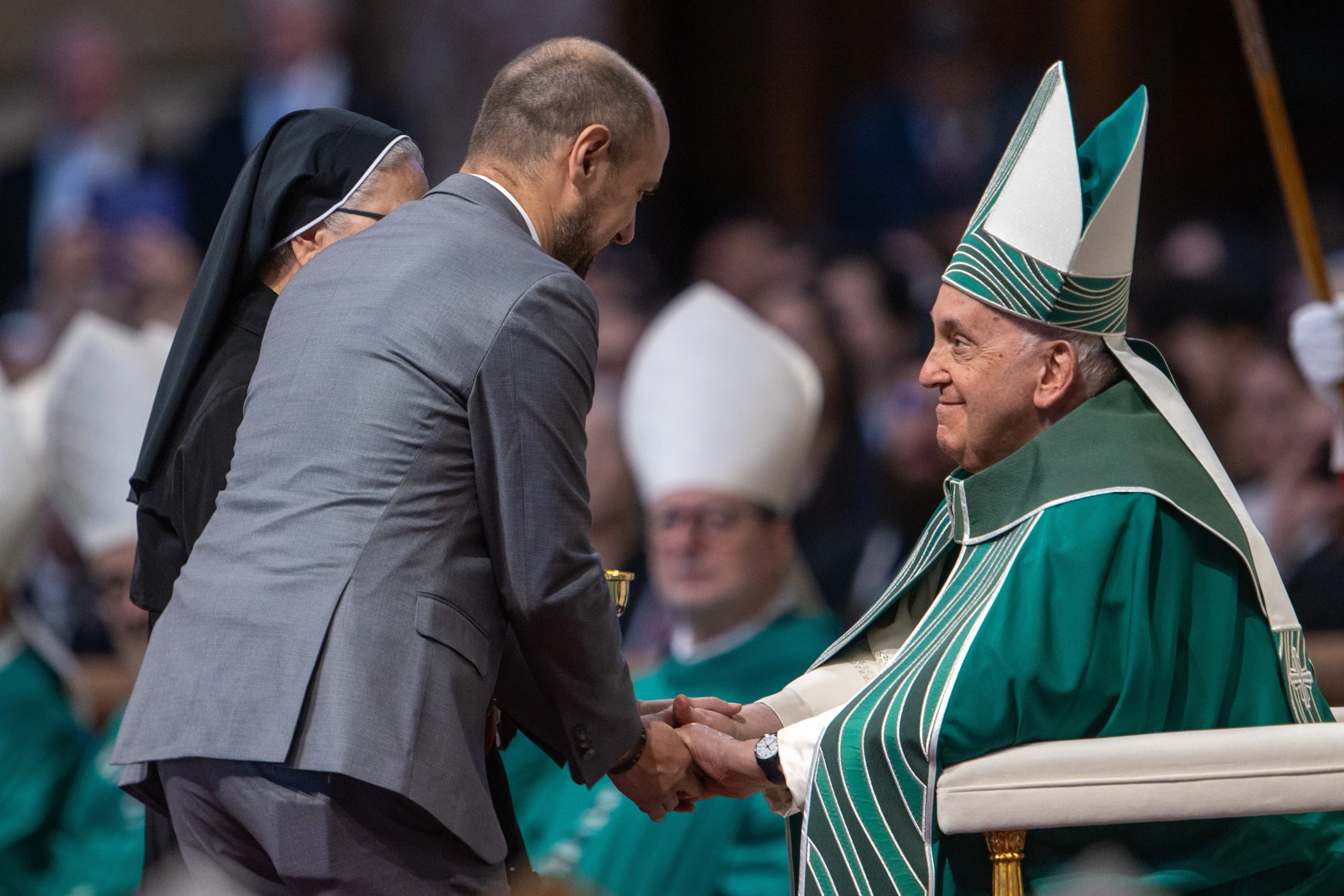
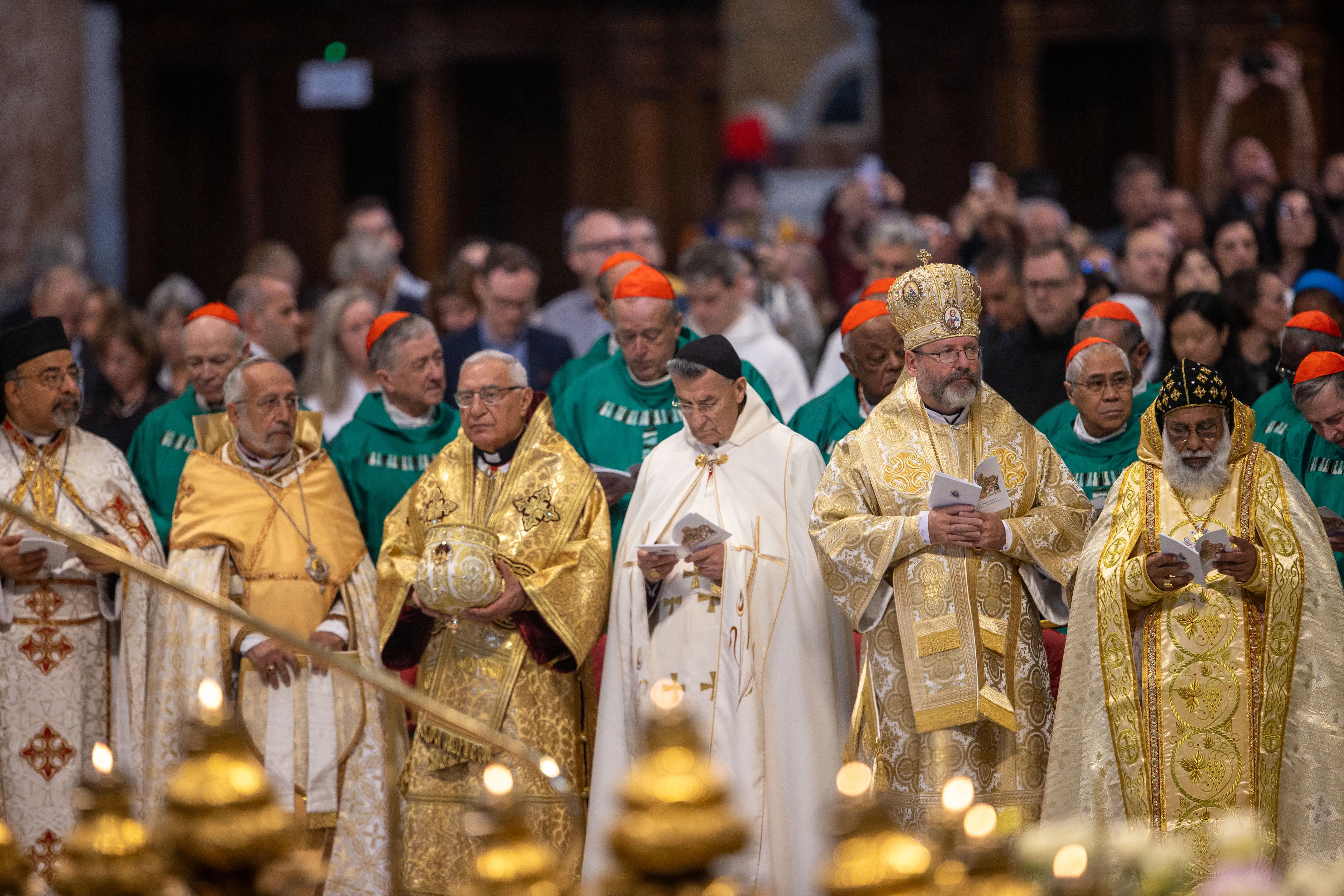
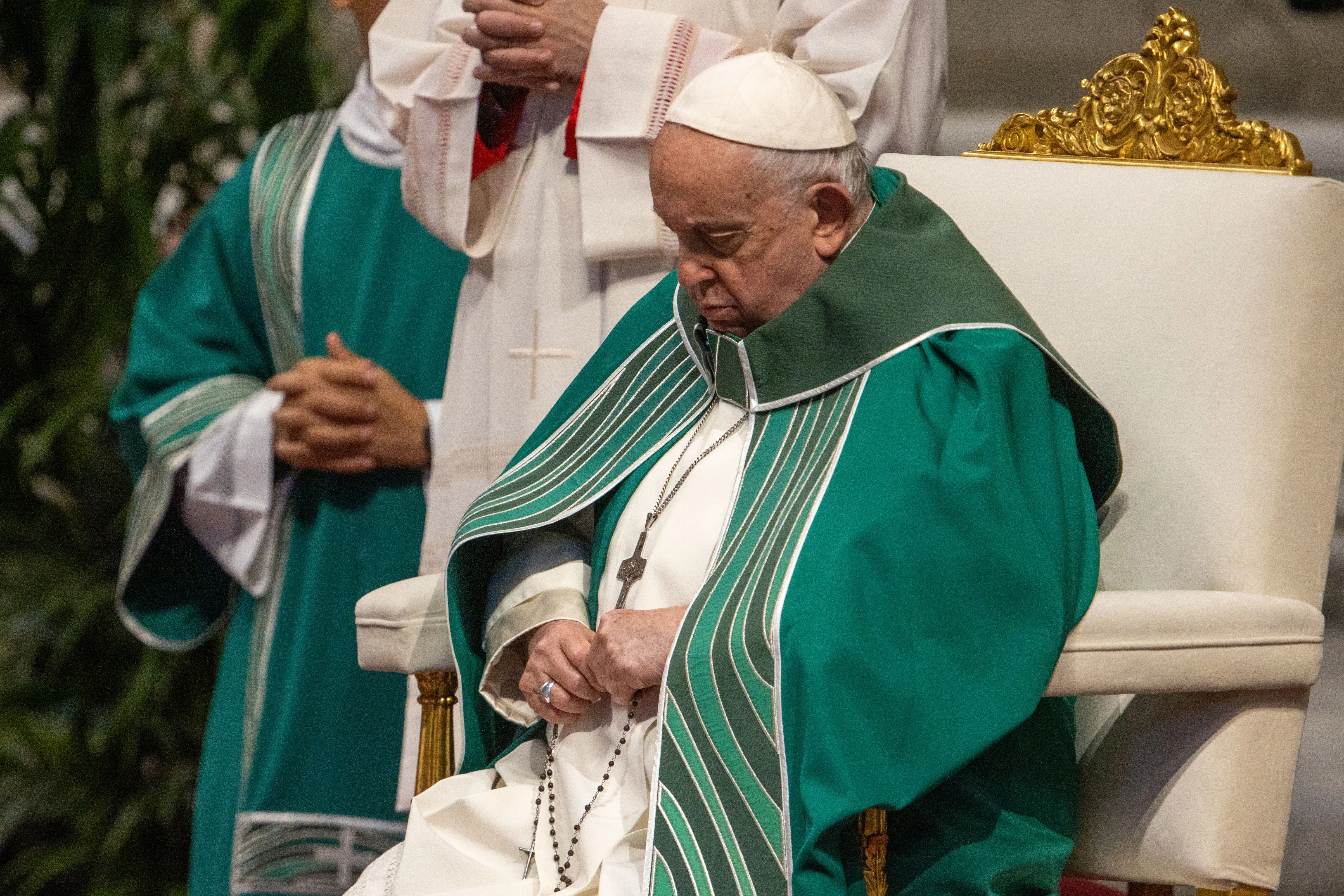
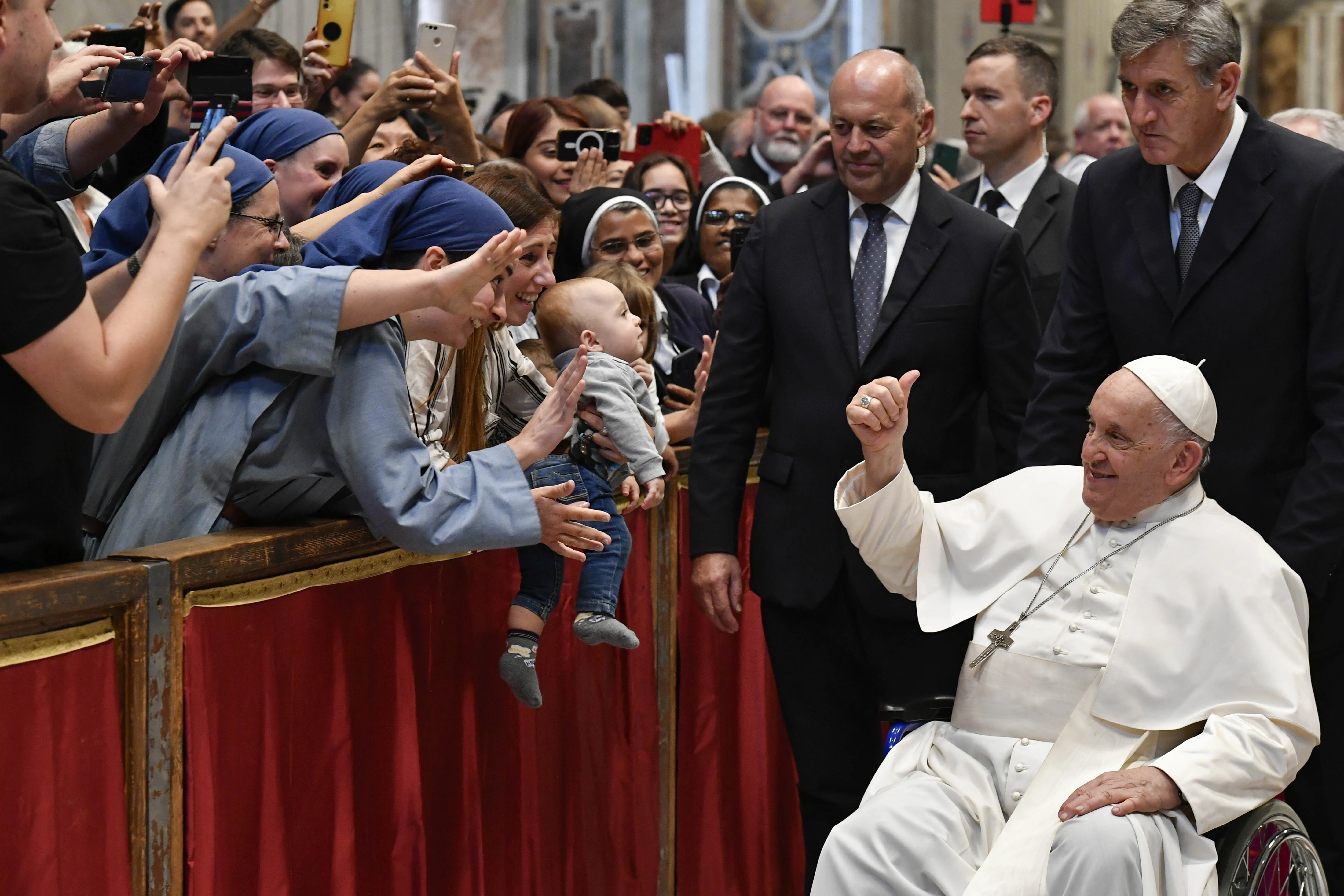

Woe to the shepherds who destroyed the Franciscan Friars of the Immaculate.
some could be falling off a cliff and i wonder who would be there to lift them back up i wonder if that would be the surprising thing to see.
Oh, my… Please don’t tell me something happened to them!
Shepherds – they are human and fragile. We need to pray for the well-being of our flock of shepherds.
Amen!
In Jeremiah and Jesus The Christ’s own words in The Word Of GOD,
each of us needs to strive by non cajoling GOD’s Grace Led compassion.
After, almost imperceptible each year and decades as the intellectual material needs focused happened, Ven. Fulton J. Sheen in a radio address before 1950, the Catechism of The Catholic Church paragraphs 670-680 describe a time of a so called new humanitarianism gradualism approach even in the Holy Name Of Jesus The Christ.
Each of us knows, that GOD, never leaving us orphaned, does not ask to win friends and influence people by striving for ‘lack of conflict,’ but GOD’s Sent True Peace, not as the world gives, Peace, for true compassion, finding by Grace creative resolute dialogue. There is nothing new under the sun. Peace and heartfelt completeness in Joy Of The Lord Strengthening fiber of Being.
Shepherd and Sheep Dogs
Much has been written about the Good Shepherd, Shepherds, and Sheep Dogs.
I doubt that a single Good Shepherd would leave the flock to search for one lost sheep. What if half of the flock, without leadership, would fall off a cliff?
I like the idea of a Shepherd and Sheep Dogs. The Shepherd is the leader and the Sheep Dogs are the managers/soldiers.
I attended a sheep dog demonstration in Ireland many years ago. It was very impressive. The human shepherd trained the sheep dogs to respond to specific whistle signal commands. The shepherd gave commands, like 2 tweets to move the flock to a certain location, 4 tweets to come home for dinner. The dogs lead the flock to move around to respond to these commands. It was fascinating. It appeared to be a successful system.
Is there an application of the concept of well-trained Sheep Dogs to modern religion? Maybe. It might give a fresh perspective in the current era of foggy thinking.
Patrick S.
May I suggest that the parable of the lost sheep suggests that Jesus does not reckon his flock by utilitarian calculus.
Yes, as an actual shepherd I frequently look for the lost lamb or sheep, esp if it has been ill.
Man needs guidance in this world of temptation, just as a sheep has no defense against a predator, except to snort and stomp its feet, and try to butt it with its head, or run. In other words, the ovine needs someone looking out for them.
Another important comment, in the closing part of the Gospel: Jesus arrives on the other shore of the Sea of Galilee, where His followers already preceded Him. They are hungry (and we’ll see that next week) first and foremost for what He has to offer, “because He taught with authority, and not like the scribes.” People still are, and we have an unparalleled Good News. Why are we diluting it?
“…we have an unparalleled Good News. Why are we diluting it?”
Amen! Amen!
It is so sad to see that Catholic faith and morals have been so pathetically watered down the last few generations—a far cry from the sound and unapologetic orthodoxy my generation learned from bold, faithful teachers!
Amen! Bad theology is a cruel taskmaster.
Priceless illustration!
In reading “He guides me in right paths for his name’s sake,” does this line relate also to the problematic line in Lord’s Prayer: “Lead us not into temptation”?
Of the second line, because God knows that in our weakened state each of us might almost certainly fall for certain temptations, does he earlier nudge us away from these cliffs—while at the same time (therefore) not overriding our gifted, weakened, and sometimes reflexive “free will”? Apart from our petition, would He ever “lead us” into temptation?
The guiding and well-timed touch of grace can be as light as the almost unnoticed whispering sound for Isaiah.
Elijah.
“Jeremiah pointed to a coming time when God would gather ‘a remnant’ of his flock, appointing good and holy men ‘who will “shepherd them.’”
With the closing of parishes, the loss of so many young Catholics, and the rise of so much heterodoxy among clergy and laity, I think we are down to the “remnant” of His flock now.
So I pray that the next step will soon follow: that God will appoint those good and holy men “who will shepherd them.” We have a few brave shepherds who have spoken the truth to power at great personal cost, but not nearly enough.
Concerning imagery, Jesus let the pigs be driven off the cliff by the demons after he rescued the demoniac. And the people there got so upset and outraged.
The parable of the lost sheep suggests that the flock is not abandoned but that the shepherd leaves them well cared for while he is on errands. Alike to the prodigal son’s father telling the elder brother not to be envious or downcast since “you have been with me all this time”.
Jesus’ parables together have a holy consonance among them and with reality.
Or consider the BVM. Some parents make it a point to keep charge of their children with an excessive family and parent authority. But in the Cana wedding situation the BVM instructed the stewards who approached her to do as Jesus would tell them.
I just can’t take your reflection seriously when you begin with Jeremiah and then relate words of pope Francis.
Um…okay. Well, I cannot take your remark seriously when I quote Jeremiah and then quote a pope making good points about what it means to be a shepherd. If you thought about it for a moment or two, you might catch the possible ironies involved. Also: this column was originally penned in 2013. So…
Fine words by His Holiness, would that there were evidence of that within our Church. Except for the few there’s a sense of languish. Or seemingly moreso a larger percentage of faithful priests, who remain faithful to the Gospels presuming the rationale that if we keep out of the contested issues we can’t do wrong. These are often very hard working clergy serving what were three or four parishes to pastor God’s sheep.
Although is that rationale sufficient if we’re serving Christ? We hear quite frequently comments by laity that they rarely if ever hear about abortion, and never regarding contraception and homosexuality in all its myriad forms. One can find justification in keeping our head below the parapet and line of fire. Priests, bishops who are defenders of the faith who address the issues suddenly disappear. And there are many, especially in Italy and Spain.
It’s a terrible time for shepherds who in their hearts remain faithful to Apostolic tradition. There is a response. We can address the truth about the errors mentioned. Be critical, yes, including the pontiff, but desist from personal castigation of the Roman pontiff in respect for the Chair. To remain within the Church where the spiritual battleground is. To Shepherd with prophetic faith, warning, herding away from poisonous meadows. We likely will lose favor with many and gain with some. But then what price purchases integrity? Far better we finish our priesthood in complete and faithful witness to Christ.
The time grows closer. Along with the winds of war, (now a hurricane), political and economic instability grow while any semblance of peace seems now to be a long forgotten dream. After this brief but terrible conflict looming on our horizon, the antichrist will declare himself as the great peacemaker. From that moment, there will be only three groups of people, (largest to smallest) –
– The damned (followers of antichrist)
– The martyrs (as described in Revelation)
– The Remnant (God’s select few who will actually live through the chastisements and help build God’s full and righteous Kingdom on earth.)
Unfortunately I can appreciate the ironies in this your rebooted column from 2013. (Therefore I shall begin another Rosary this morning for both Clergy and world leaders).
Thank you, Editor/author Mr. Carl Olson🙏